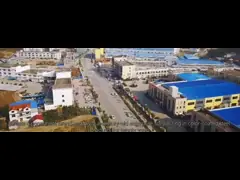Modular quick assembly, efficient utilization of double-layer space, double-layer container house with inner corridor, wind and earthquake resistant design
Brand Name:HY
Model Number:07
Minimum Order Quantity:1 piece
Delivery Time:3 days
Payment Terms:Prepayment starting from 30%
Place of Origin:Tianjin,China
Contact Now
Add to Cart
Verified Supplier
Location:
Tianjin Tianjin China
Address:
Unit 804-1, Building A1, TEDA MSD-A Area, No. 56 Second Street, Tianjin Economic and Technological Development Zone, China
Supplier`s last login times:
within 1 hours
Product Details
Company Profile
Product Details
Detailed installation process analysis of water, Electricity and decoration inside Double-layer expandable Container Houses
Detailed installation process analysis of water, Electricity and decoration inside Double-layer expandable Container Houses
I. Electrical, Plumbing, and Interior Finishing Phase
(I) Electrical and Plumbing Pipeline Installation
1. Plumbing Pipeline Installation
2. Electrical Pipeline Installation
(II) Interior Finishing Work
1. Wall and Floor Finishing
2. Ceiling and Partition Installation
II. Finalization and Acceptance Phase
(I) Finalization Work
1. Cleaning and Sanitizing
2. Commissioning and Improvement of Components
(II) Acceptance Work
1. Acceptance of Sub - Projects
2. Acceptance of the Overall Project

Modular quick assembly, efficient utilization of double-layer space, double-layer container house with inner corridor, wind and earthquake resistant design
Inquiry Cart
0



